Why Potato Chips Are Addictive: The Science Behind the Crunch
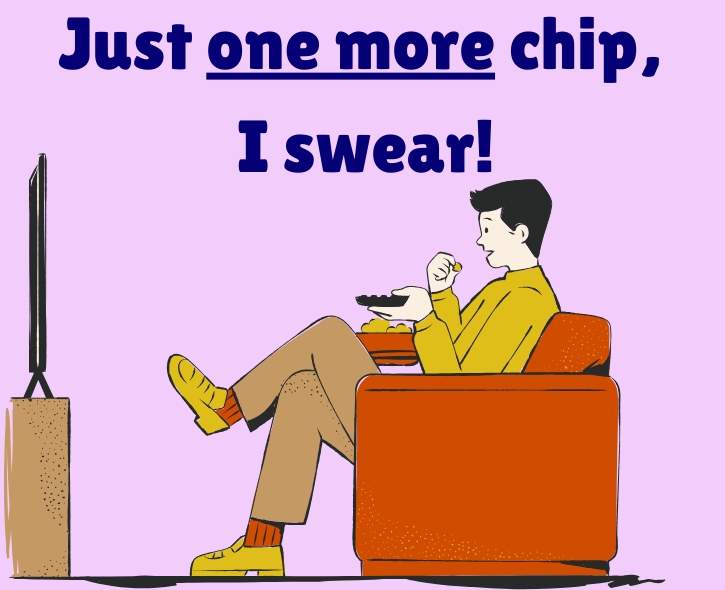
Share
Ever found yourself mindlessly reaching for chip after chip, only to realize you've polished off the entire packet? You’re not alone. Potato chips are carefully crafted to keep you hooked, and there’s real science, psychology, and strategy behind why these crispy delights are so irresistible. Let’s uncover the secrets, the science, and some practical tips on how to snack smarter. Learn about the science behind potato chips addiction and how to make better snacking habits.
The "Perfect Storm": Salt, Fat & Crunch
Potato chips deliver the perfect combination of salt, fat, and crunch that makes every bite irresistible. This trio hits what scientists call the "bliss point," a term popularized by food scientist Howard Moskowitz. The bliss point refers to the precise combination of flavors and textures that makes food maximally pleasurable, triggering the brain’s reward pathways.
Think about it: the saltiness tickles your taste buds, the fat gives you a rich, indulgent mouthfeel, and the crunch satisfies that primal craving for texture. Your brain loves this combo so much that it rewards you with a dopamine hit—the "feel-good" chemical—making you crave more.
Have you ever noticed how hard it is to stop eating Pringles after that first crisp? The iconic slogan “Once you pop, you can’t stop” isn’t just clever marketing—it’s rooted in how chips stimulate your brain’s reward center.
Dopamine and the "Addiction Cycle"
Here’s the deal: every time you take a bite, your brain releases dopamine, a neurotransmitter linked to pleasure and reward. This chemical reaction is the same one that occurs with other addictive substances (yeah, it’s that serious), which explains why you feel compelled to keep snacking, even when you're not hungry.
A Little Science Behind It:
Dopamine reinforces behaviors that are enjoyable. When you eat chips, your brain learns, “Hey, this makes me feel good,” so it pushes you to reach for more. It’s like scrolling endlessly on Insta Reels—your brain just keeps saying, one more.
Vanishing Caloric Density: The Melting Trick
Have you ever noticed how potato chips seem to melt in your mouth? This phenomenon is known as vanishing caloric density. Chips are engineered to dissolve quickly, tricking your brain into thinking you haven't eaten much at all. Since the sensation of fullness doesn’t kick in, you keep munching without realizing how much you’ve eaten.
Next time you snack on chips, pay attention: they’re light, airy, and dissolve almost instantly. Compare that to chewing something denser, like carrots or almonds, which take longer to break down and signal satiety faster.
Flavor Explosion: Why Variety Fuels Cravings
From classic salted to exotic flavors like peri-peri, barbecue, or even sour cream and onion, chip makers are constantly introducing new varieties to keep your taste buds guessing. This strategy reduces "sensory-specific satiety," a fancy term for the feeling of being bored with a particular taste-basically, stopping you from getting bored AF with a single flavor.
Fun Fact:
Did you know there are over 100+ flavors of Lay’s chips worldwide? From "Peking Duck" in China to "Cucumber" in Russia, brands know that flavor variety keeps cravings alive.

Emotional Eating and the Power of the Crunch
Chips are often a go-to comfort food. Whether you’re stressed, bored, or just unwinding after a long day, that familiar crunch and salty flavor can provide a temporary sense of satisfaction.
The sound of the crunch itself plays a sneaky role. Studies have shown that the crunching noise enhances the snacking experience, making the food feel fresher and more satisfying.
Picture this: You’re watching Netflix after a stressful workday. A bowl of chips is beside you. The crispy crunch drowns out the day’s noise and tension. Before you know it, the bowl is empty—and you feel a mix of satisfaction and guilt.
How Chips Hook Your Brain
Here’s a quick breakdown of how chips become addictive:
- Taste: Salt + fat hit your brain’s pleasure center.
- Texture: The satisfying crunch adds to the sensory experience.
- Dopamine: Each bite triggers a reward loop, making you want more.
- Vanishing Calories: The light, airy feel tricks your brain.
- Flavor Variety: New tastes keep boredom at bay.
Did You Know? The Accidental Invention of Chips
Potato chips were born out of annoyance! In 1853, a chef named George Crum created them when a diner kept complaining that his fries were too thick and soggy. Out of frustration, Crum sliced the potatoes paper-thin, fried them to a crisp, and added extra salt. The customer loved them—and the potato chip was born!
Smart Snacking: How to Beat the Chip Cravings
While chips are engineered to be addictive, you can outsmart your cravings. Here’s how:
- Portion Control: Pour a handful of chips into a bowl instead of eating straight from the bag. It’s easier to monitor how much you’re consuming.
-
Swap for Healthier Alternatives:
- Baked chips or veggie crisps
- Air-popped popcorn (seasoned with light spices)
- Nuts (like roasted almonds or edamame)
- Practice Mindful Eating: Focus on the taste, texture, and crunch of every bite. Avoid distractions like TV while snacking.
- Add Protein and Fiber: Pair chips with healthier dips like hummus or guacamole to increase satiety and prevent over-snacking.
- Know Your Triggers: Stress, boredom, and habit often drive snacking. Recognize the trigger and switch activities—drink water, take a short walk, or chew gum.
Final Thoughts
Potato chips are more than just a crunchy snack. They’re a psychological and physiological experience designed to keep you coming back for more. While indulging in a bag of chips occasionally is perfectly fine, understanding the science behind it empowers you to make healthier snacking choices. So, the next time you reach for that bag of chips, remember how they’re designed to keep you hooked, and choose wisely.
Snack smart. Stay sharp. That’s The Drill.
Explore More
-
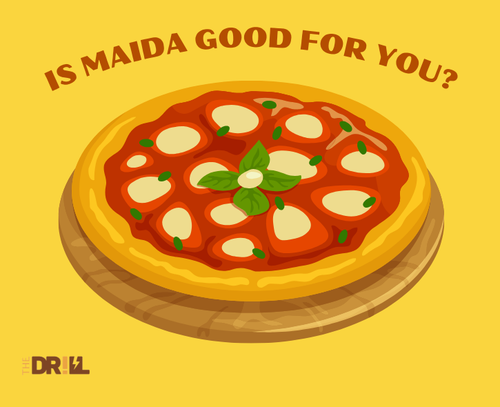
What is Maida and Why is it Bad?
...
-

How Do You Choose the Right Products for Your Health?
...
-
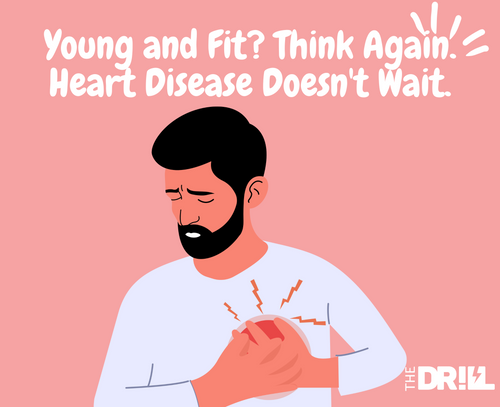
Why Gyms Won’t Save You from Heart Disease in Your 30s: The Hard Truth You Need to Hear
...
-
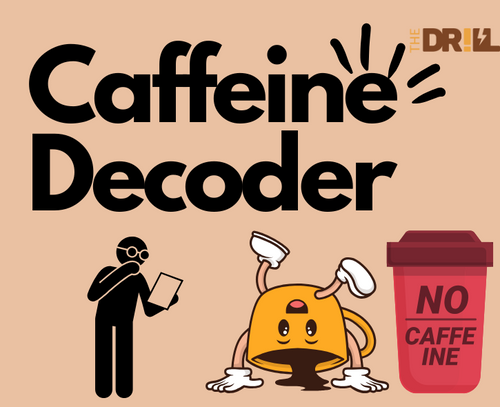
Caffeine and You: Finding the Sweet Spot for Your Day
...
-
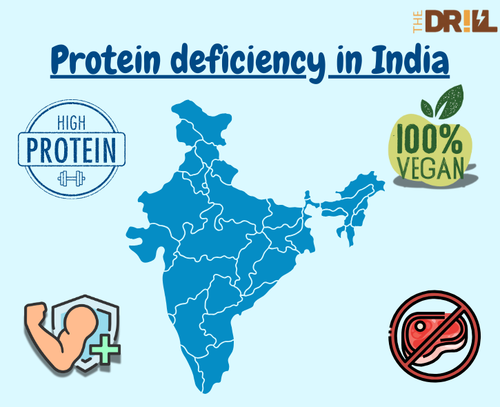
Why Protein Deficiency in India Is More Common Than You Think (And How to Fix It)
...
-
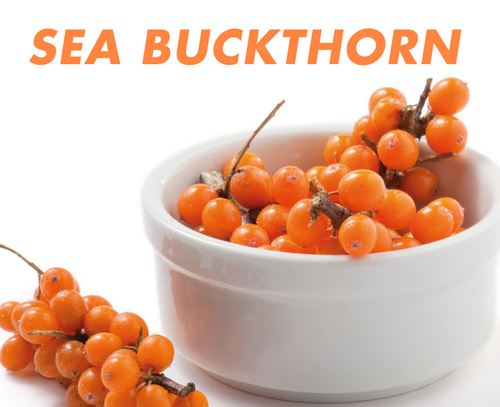
Health Benefits of Sea Buckthorn: The Superberry You Need in Your Diet
...
-

Cold Weather Hacks: How to Stay Healthy During a Mountain Trip
...
-
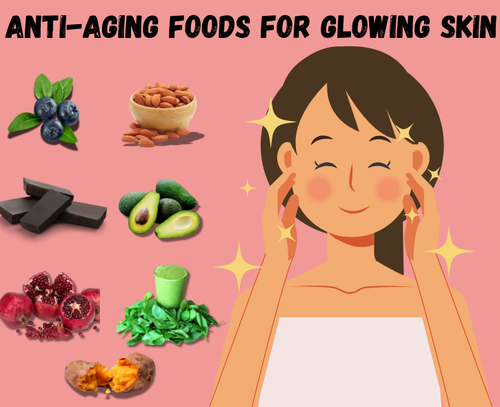
Top 10 Anti-Aging Foods to Keep You Young and Glowing – Bollywood Style
...
-

PUFA vs. MUFA: Which is Healthier?
...
-
Introducing Drill Lens: Your AI-Powered Food Rating Tool
...
-
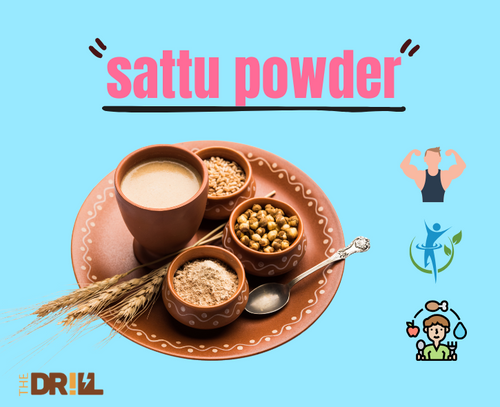
Benefits of drinking sattu everyday
...
-
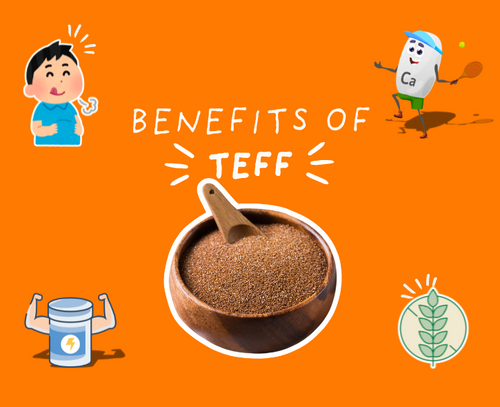
5 Surprising Health Benefits of Teff Grain for Indian Diets
...
-
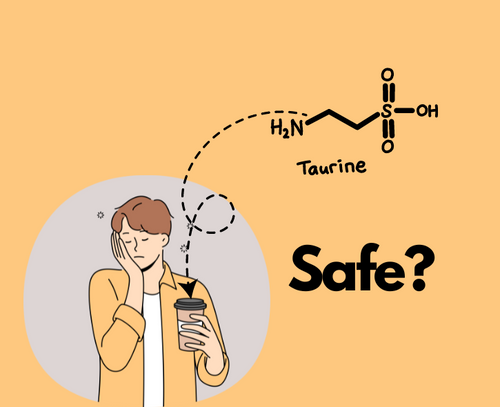
Can Taurine Cause Side Effects? Here’s What You Need to Know
...
-
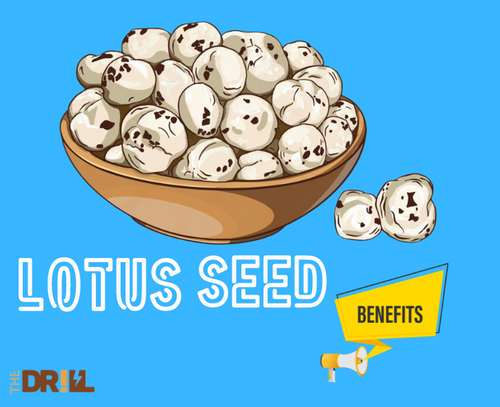
What Are the Health Benefits of Lotus Seeds?
...
-
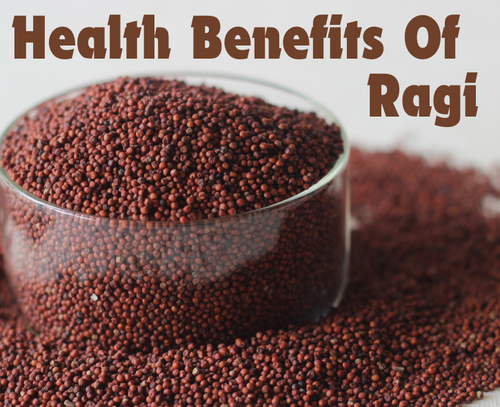
Health Benefits of Ragi for Vegetarians
...
-
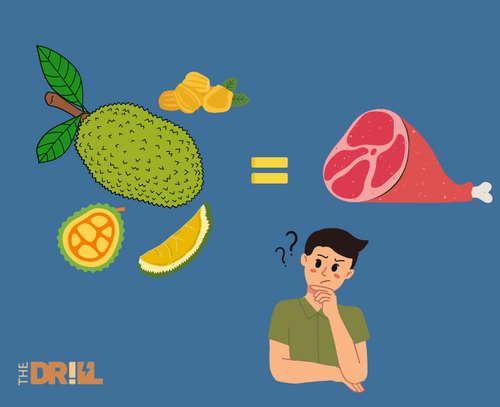
How to Use Jackfruit as a Meat Substitute in Indian Cuisine
...
-
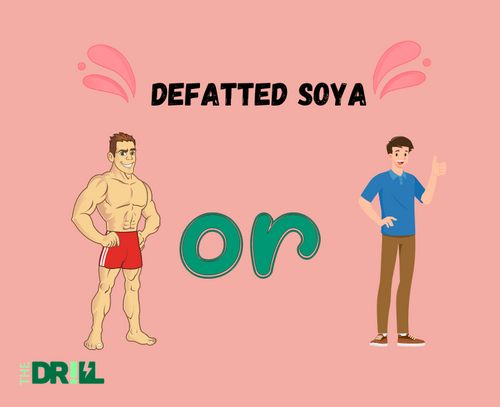
Is Defatted Soya Good for Muscle Gain?
...
-
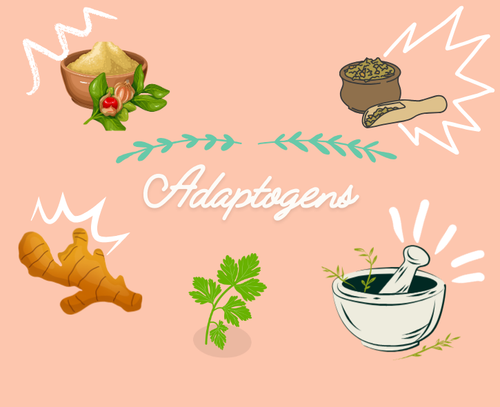
Beginner's Guide to Adaptogens
...
-

The Impact of Glycemic Index on Cravings
...
-
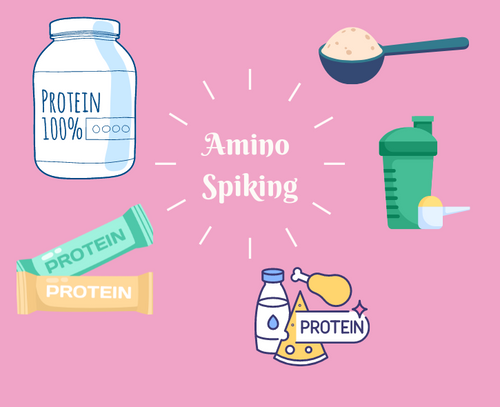
What is Amino Spiking in Whey Protein? A Complete Guide
...
-
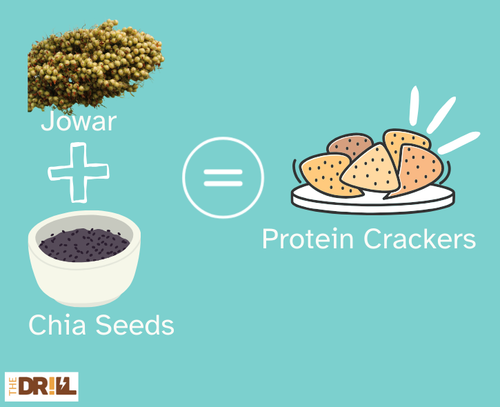
Jowar and Chia Seed Protein Crackers Recipe: A Gluten-Free, High-Protein Snack
...
-
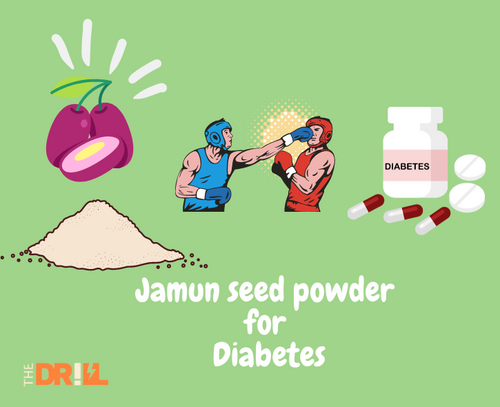
Jamun Seed Powder for Diabetes: Understanding the Benefits and How to Use It
...
-
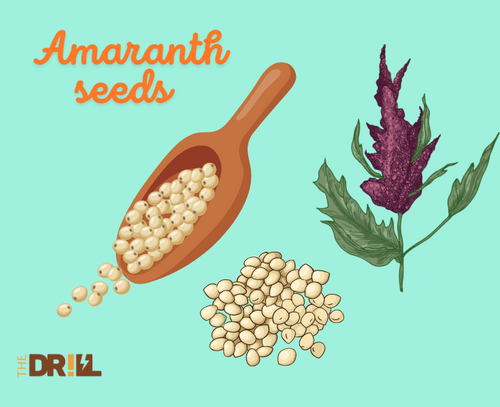
Amaranth Superfood Benefits: Why You Should Add This Ancient Grain to Your Diet
...
-
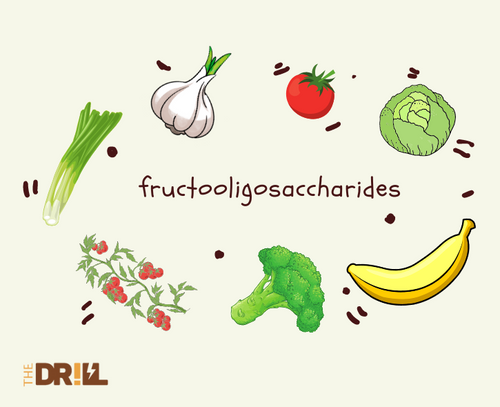
What Is Fructooligosaccharides (FOS) and Why Should You Care?
...
-
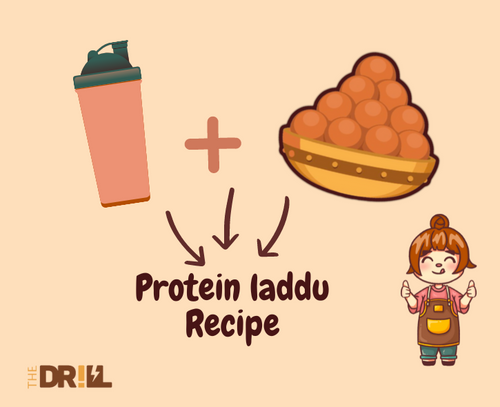
How to Make Protein Laddu at Home: A Nutritious Indian Snack
...
























